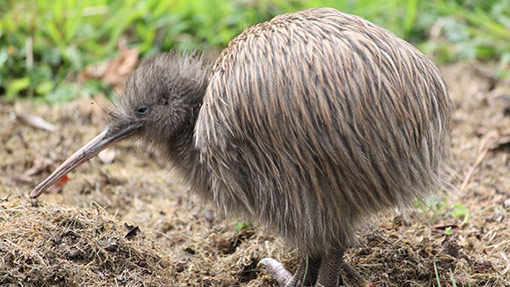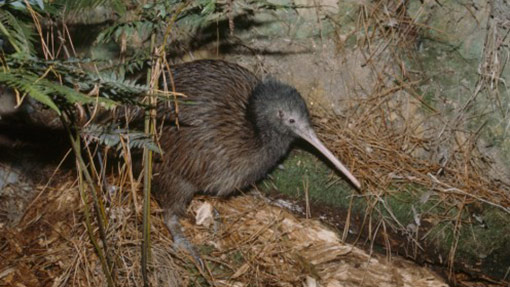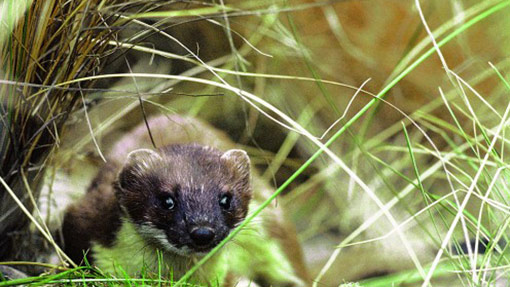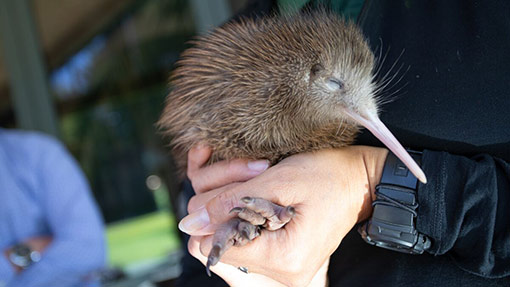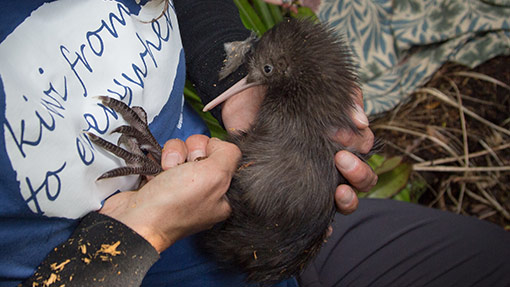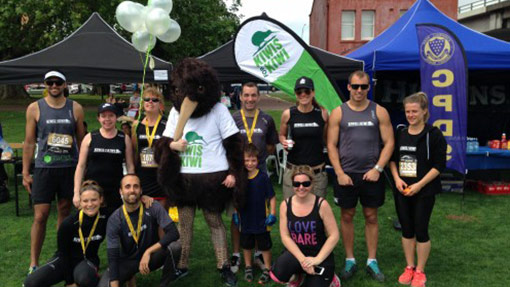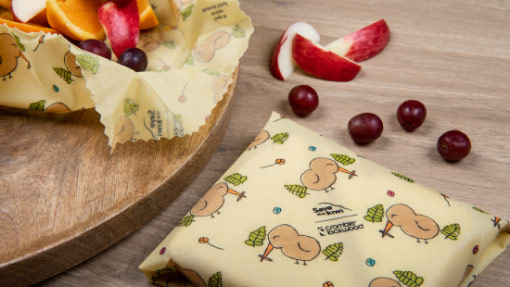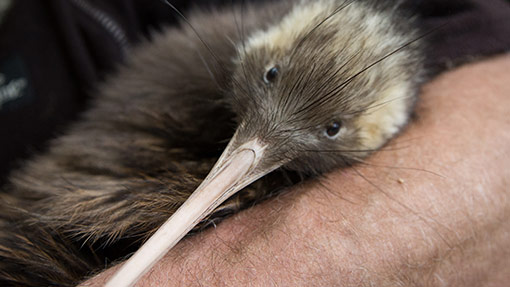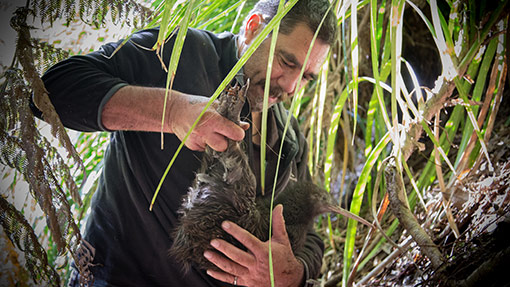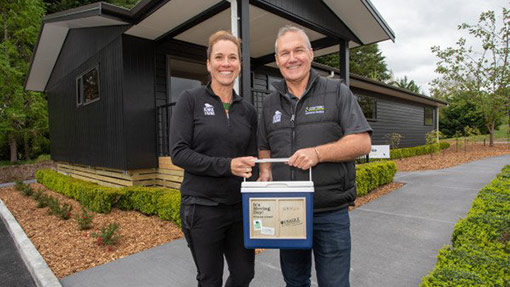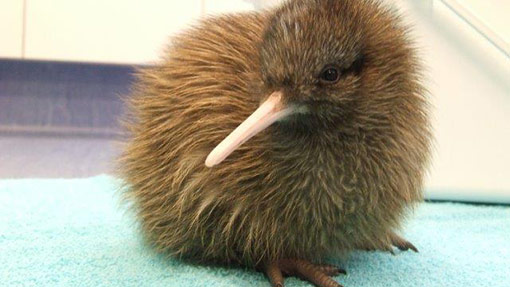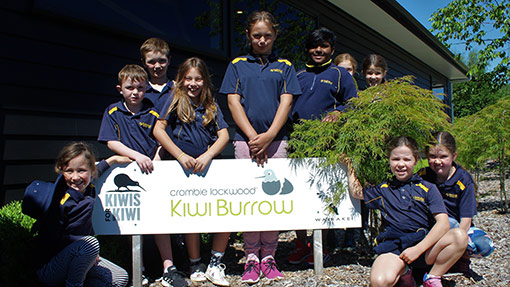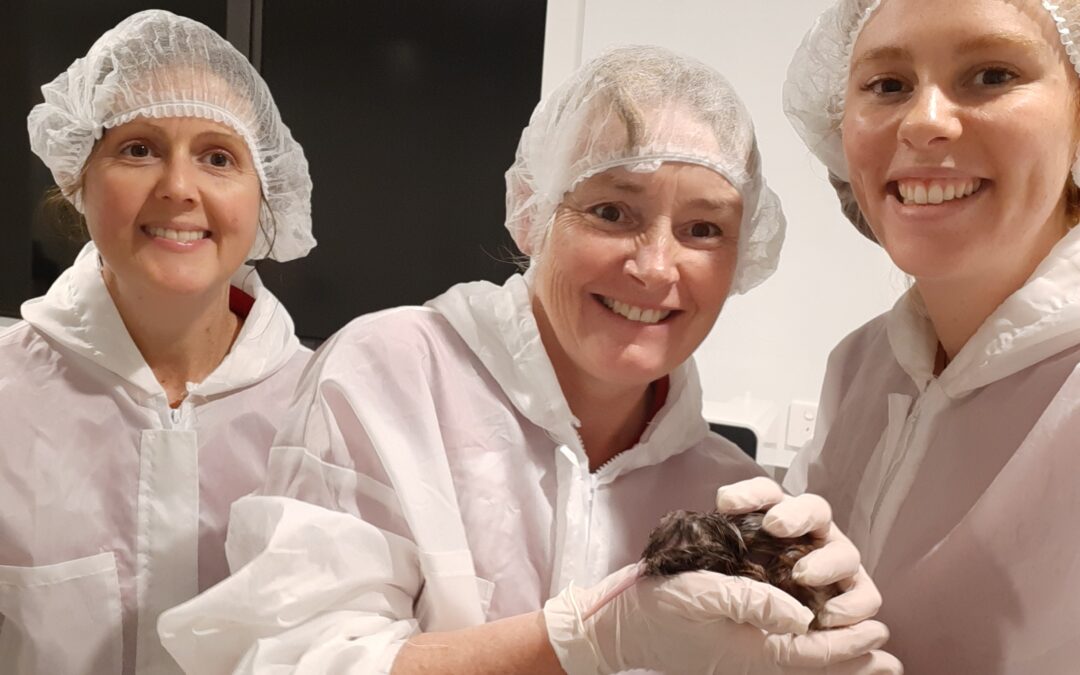The Crombie Lockwood Kiwi Burrow is proud to announce the pitter-patter of tiny feet to its facility, after the first kiwi chick of the breeding season hatched last week.
In late August, the Crombie Lockwood Kiwi Burrow welcomed two North Island brown kiwi eggs to its purpose-built kiwi incubation, hatching and brooding facility. On 15 September, the first egg hatched. Crombie Lockwood, naming rights sponsor of the Crombie Lockwood Kiwi Burrow, had the honour of naming the wee ball of fluff, which will now be known as Whetū.
Crombie Lockwood sponsorship and events manager Alison Oldridge says choosing the name was a joint effort.
“To celebrate the start of the second season at the Crombie Lockwood Kiwi Burrow we asked our team members to suggest a name. Whetū was put forward a couple of times, and because it means ‘star’ in Māori we felt it was a fitting name for the chick which we hope will have a bright future ahead.”
The Crombie Lockwood team is proud to work alongside Kiwis for kiwi to play a key role in boosting the kiwi population.
“It is hugely exciting to support kiwi conservation and see what impact the Kiwi Burrow is having. We feel really proud to be involved. The kiwi is a national icon and an important part of New Zealand’s identity so we want it to be around for future generations, and as an organisation with kiwi heritage that’s committed day-to-day to protecting what’s important to New Zealanders, we feel we have a duty to help protect it.”
For anyone wondering if Whetū is a boy or a girl, you might have to wait. After a kiwi chick hatches, it takes some time to distinguish the gender. In fact, it’s not until the chicks have reached maturity that you can visually tell the birds apart. Females are bigger and have a longer bill, and males and females have very different calls.

As chicks from the Kiwi Burrow are released into predator-free habitats like Sanctuary Mountain Maungatautari, though, it’s important to know how many males and females will be making the inland ‘island’ their home.
In order to find out the gender, several feathers are taken from young chicks and sent to Massey University for DNA testing. When the results come back after a few weeks, that information is added to each kiwi’s individual records.
For Crombie Lockdown Kiwi Burrow site manager Helen McCormick, it’s a privilege to have a part to play in the future of Aotearoa’s national icon.
“It’s incredibly rewarding knowing that the work you do every day will help an endangered species’ survival,” she says. “A lot of New Zealanders have never a kiwi in the wild, only in a sanctuary or a zoo. It will be amazing for our children and grandchildren to be able to get up close and personal with a kiwi in its natural habitat one day.”
